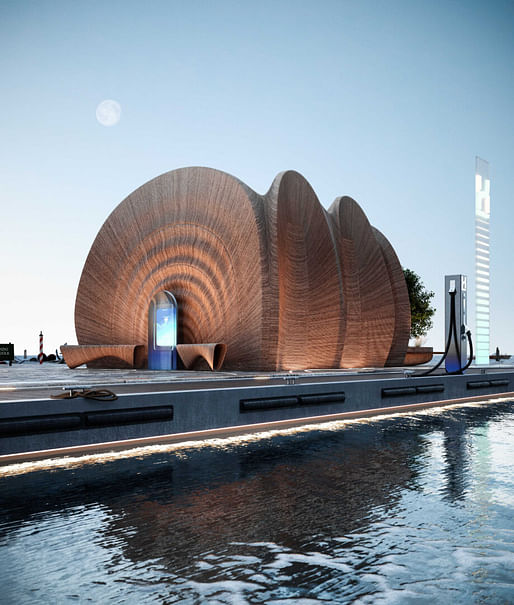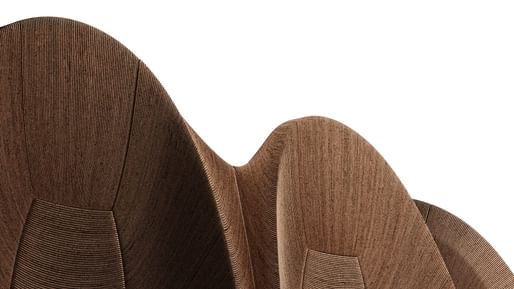
Zaha Hadid Architects has designed the world’s first green hydrogen refueling infrastructure for the recreational boating industry. Refueling stations will be installed at 25 Italian marinas.
The project is being spurred by an approximately $108 million investment led by NatPower H, a global developer of technologies for the production, storage, and distribution of green hydrogen. The refueling network will begin installation in the summer of 2024, with a target to grow to 100 stations throughout the Mediterranean over the next six years. There are further ambitions to expand to the world’s most popular regions for recreational boating.
According to the firm, the eventual 100 refueling stations will be operational by 2030 and will deliver up to 3,650 tons of green hydrogen annually. This will erase approximately 45,000 tons of greenhouse gas emissions from the Mediterranean’s recreational boats every year.

This project addresses the lack of infrastructure for distribution and refueling with zero-impact energy sources. The design of the refueling stations draws on Zaha Hadid Architects’ research into modular systems. The stations are adaptable and able to be customized based on specific local needs, such as overall size, seating, bike charging facilities, and pedestrian circulation within each port and marina.
The segments of each station utilize 3D robotic material placement. ZHA says their stations are fully recyclable, dry-assembled masonry, which minimizes construction waste, while also enhancing material efficiencies.

“Built with low-carbon concrete, the structural strength of ZHA’s hydrogen refueling stations is generated through geometry rather than increased use of materials,” said Director of Zaha Hadid Architects, Filippo Innocenti. “Integrating the latest innovations in construction techniques with the historic engineering developed throughout the Mediterranean by the Romans more than 2,000 years ago, the stations use advanced circular building technologies, reflecting NatPower H’s commitment to an ecologically responsible future.”
This design approach was developed from the firm’s Computation and Design Research Group’s (ZHA CODE) collaborations with Block Research Group and Incremental3D, which investigate unreinforced masonry structures, 3D printed concrete, and building with 'digital concrete.' This process reduces material usage by up to 50% with blocks that can easily be disassembled and recycled.
No Comments
Block this user
Are you sure you want to block this user and hide all related comments throughout the site?
Archinect
This is your first comment on Archinect. Your comment will be visible once approved.